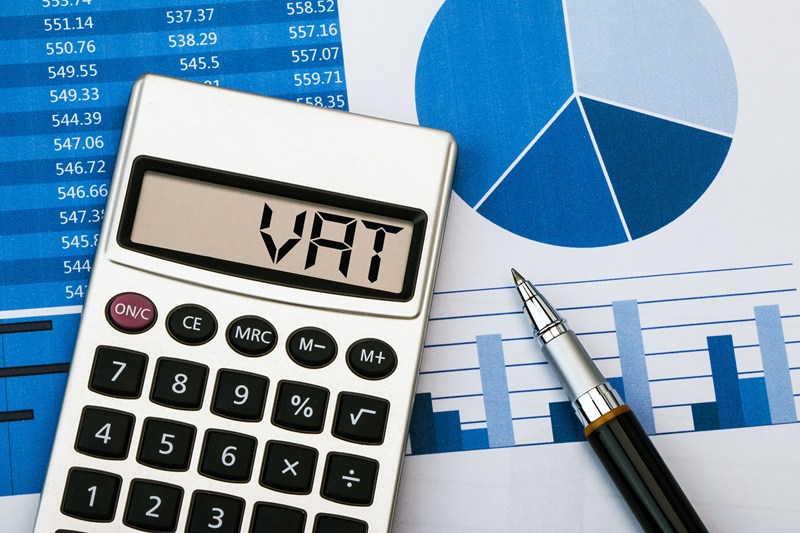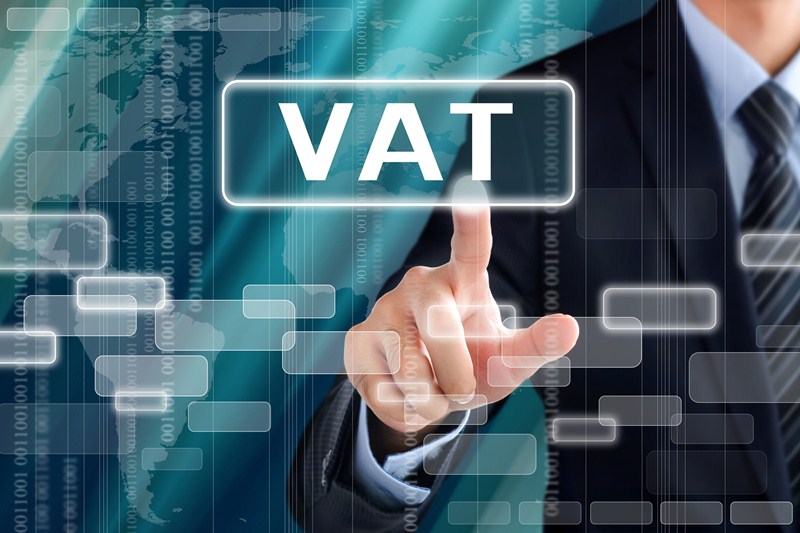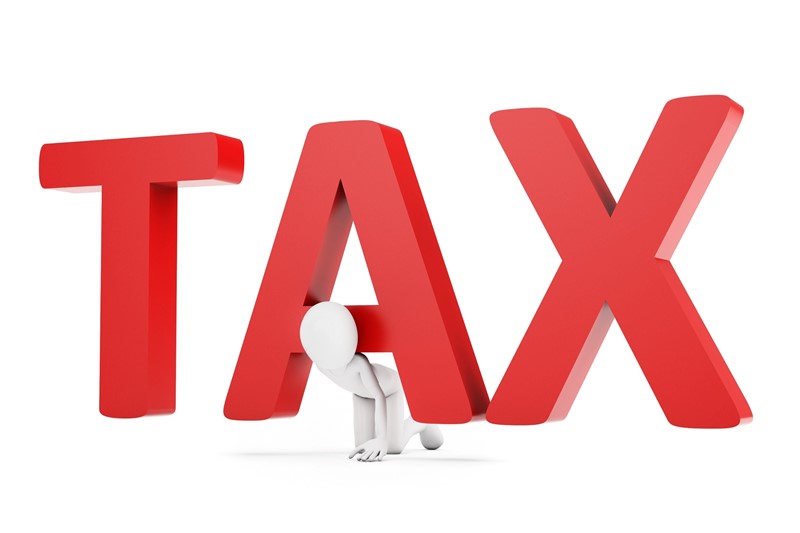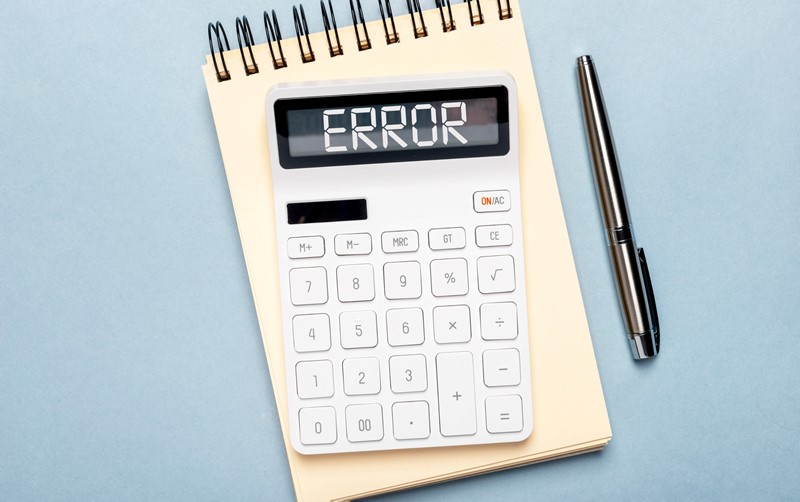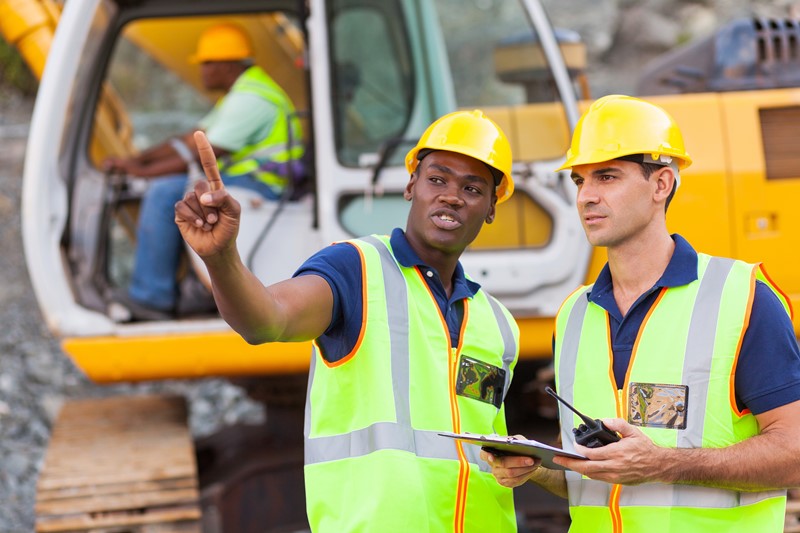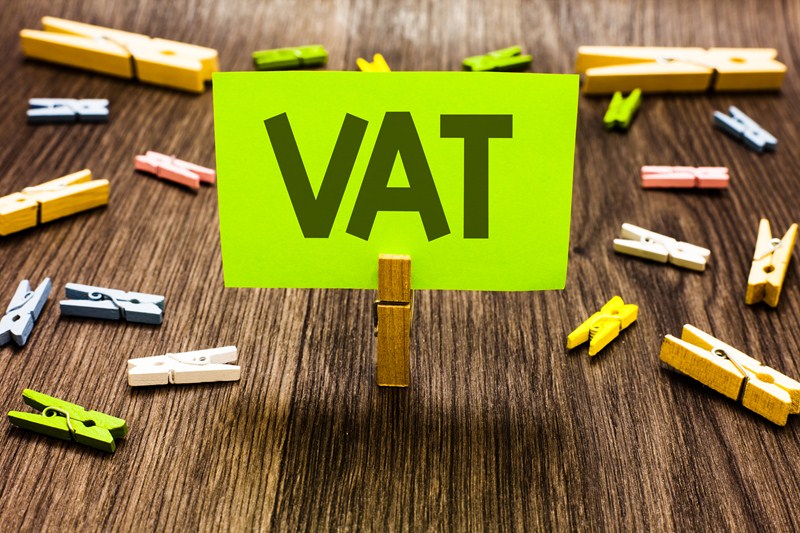The online service for checking a UK VAT number is available at: www.gov.uk/check-uk-vat-number.
This service can be used to check:
- if a UK VAT registration number is valid; and
- the name and address of the business the number is registered to.
The service also allows UK taxpayers to obtain a certificate to prove that they checked that a VAT registration number was valid at a given time and date. This is especially important when you take on new suppliers as if the VAT number is invalid, HMRC could withdraw your ability to reclaim the VAT input VAT you have paid. The certificate will also provide valuable evidence to prove that the trader acted in good faith, should HMRC challenge input tax recovery or seek payment of lost VAT.
The European Commission website also includes an on-line service which allows taxpayers to check if a quoted VAT number from anywhere in the EU or Northern Ireland is valid. The on-line service is available at: https://ec.europa.eu/taxation_customs/vies/#/vat-validation

